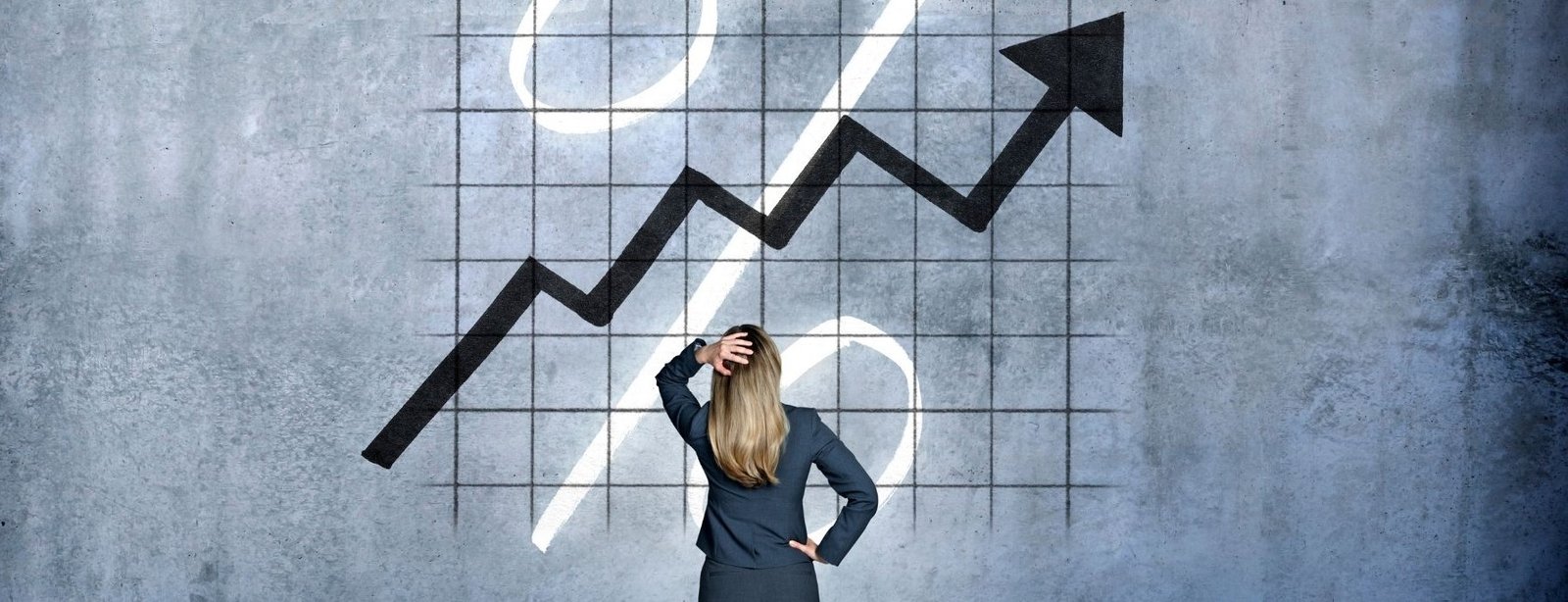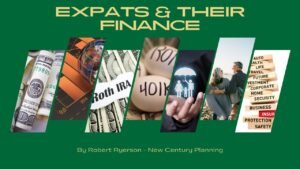EXPATS AND THEIR FINANCES – Interest Rates Rising! (A reminder of the implications)
-
Robert Ryerson

- April 15, 2024
Cuenca Expats Magazine, Issue 40
In the first two weeks of February of 2022, interest rates in the United States started to move up appreciably for the first time since August of 2019 in response to reports that showed higher consumer and producer price inflation rates. Both consumer prices (CPI) and producer prices (PPI) reached successive 40-year highs in November, December and January. The 10-year treasury bond serves as a benchmark and reference point for financial assets and loan rates around the world and broke decisively through the 2% level in mid-February.
On February 1, the total public debt of the US exceeded the $30 trillion level for the first time, and the M2 money supply was at three times the level it was when Lehman Brothers failed in 2008. It was at that time, during the crisis of late 2008 and early 2009 that the Federal Reserve first pushed interest rates down to near 0% in an effort to help the economy and banks recover. This policy of artificially low interest rates, known unofficially as Zero Interest Rate Policy (ZIRP), remained in place until just recently, when the Fed chief suggested that they would begin to raise rates in response to the increasing inflation they were seeing in the economy.
Wall Street appears to be skeptical about the Fed’s willingness, or even ability to raise rates enough to cut off the rising inflation problem. It remains to be seen how the financial markets will react to higher rates. After all, with a $30 trillion and rapidly-rising debt on which to pay interest, pundits question how high rates can rise without the government starting to “crowd out” other borrowers in the private economy. Also, historically, steadily rising rates create pain and problems in the bond and stock markets. While higher rates would be a relief for long suffering savers and bank account holders, they will cause grief and paper (or real) losses for bond holders,

as all bond prices fall as interest rates increase. Also, if rates rise enough, fixed income vehicles such as CDs, fixed annuities, money markets, and savings bonds become more attractive competitors to stocks and mutual funds for a growing number of investors. So, if interest rates rose enough, or spiked higher, that could lead to a market crash, or prolonged period of under-performance. Many economists believe the Fed and other central banks have painted themselves into a corner, with no easy way out—either they risk a market crash or much higher inflation rates, which would also hurt the economy and consumer spending.
It is important to note that the domestic real estate markets have also enjoyed a long and strong bull market as mortgage rates fell to record lows over the past 5- 10 years. If mortgage rates rose enough in response to the Fed’s actions or with inflation, housing prices could fall for a while, as it would take more money every month in the mortgage payment for the average buyer.
It is my opinion that the Federal Reserve’s long period of artificially low interest rates, intended to “stimulate” the economy, has instead led to distorted and artificially high prices for real estate, stocks and bonds, and that the average investor needs to be on high alert at this time, in terms of paying attention to where interest rates go. We are in strange and even uncharted waters at this time, so caution and cash should be in everyone’s portfolios. If now is not the time to sell bonds, or take lots of profits on stocks and real estate . . . when will that be?








